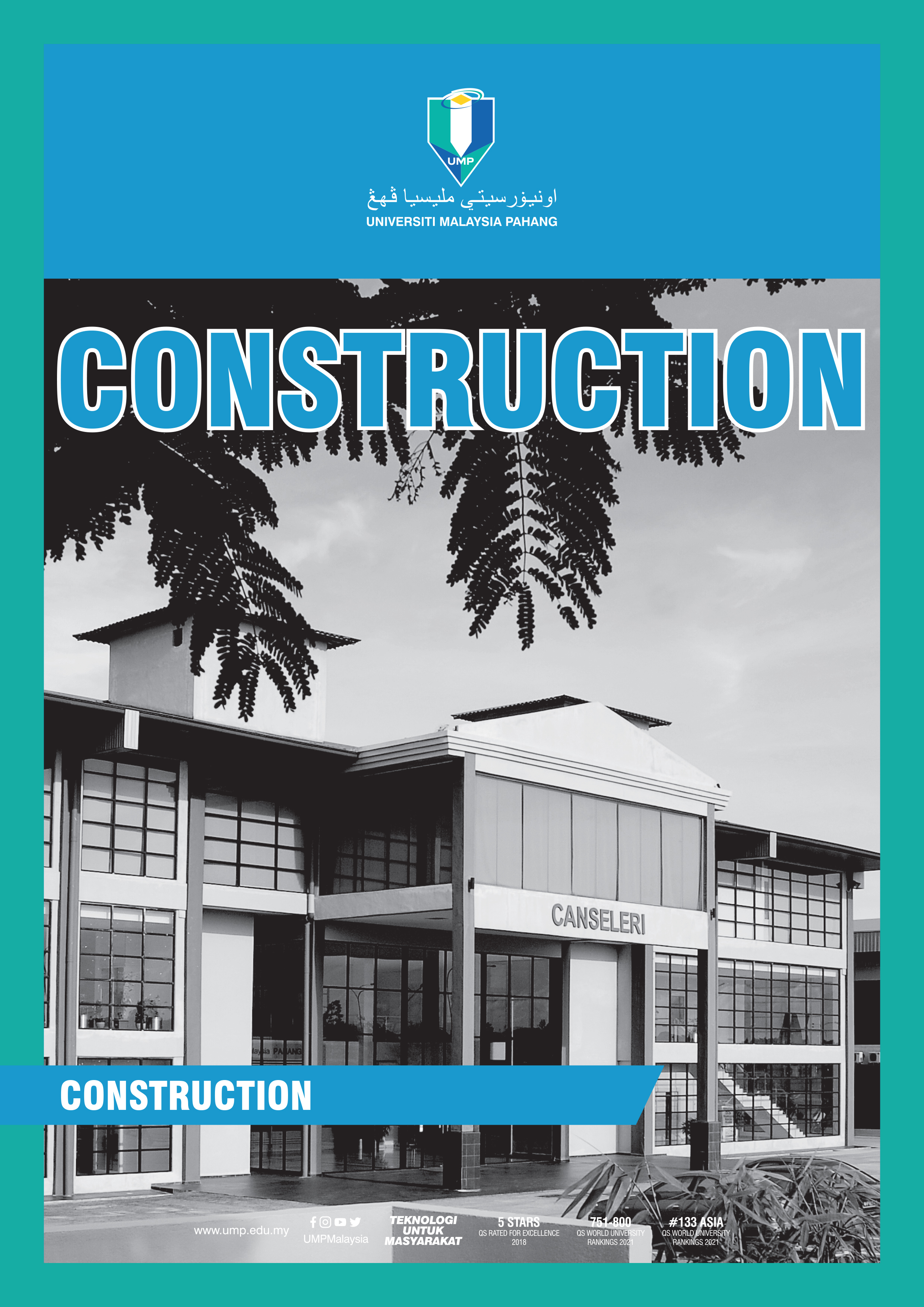Review of Wind Resistant Design for Tiled Roofs and Publication of New CFD Guidebook for Urban Wind Environment: Japan Country Report 2021
DOI:
https://doi.org/10.15282/construction.v2i2.7421Keywords:
Tiled roof, Typhoon Faxai, Building standard law, CFD guidebook, Verification and validationAbstract
This paper introduces recent activities related to the structural and environmental engineering in Japan. Part 1 in this paper illustrates outline of recent research and standardization related to ensuring wind resistant performance of tiled roofs. We introduce the results of damage survey on tiled roofs caused by Typhoon Faxai in 2019, which was conducted by National Institute for Land and Infrastructure Management and Building Research Institute in collaboration with clay roof tile industry organization. Then, the outline of the wind load calculation method stipulated in the Building Standards Law and the amended Notification for roof tiles is illustrated. In addition, “Guideline for Standard Structural Design/Construction for Tiled Roof” was revised in July 2021 as a supplement to the law. The outline of monotonous pull-up test and the standard specifications, both of which are newly added to the revised version of the Guideline, are also introduced. These activities are aimed to reduce structural vulnerability of tiled roofs, based on the lessons learned from the damage caused by the typhoon. In Part 2, we introduce activities to promote the appropriate use of computational fluid dynamics (CFD) in wind environment prediction. A working group within the Architectural Institute of Japan compiled a new CFD guidebook and guidelines for urban wind environment prediction, mainly aiming to include the application of large-eddy simulation to pedestrian-level wind problems or dispersion problems relating to concentration and temperature in cities. Reflecting the latest domestic and international research trends and the WG’s validation works, achievements of their activities were published as “Guidebook for CFD Predictions of Urban Wind Environment” (2020, in Japanese), papers in international journals, and an extended experimental database for verification and validation of analysis codes.
Downloads
Downloads
Published
Versions
- 2022-12-07 (2)
- 2022-12-07 (1)
Issue
Section
License
Copyright (c) 2022 University Malaysia Pahang Publishing

This work is licensed under a Creative Commons Attribution 4.0 International License.




